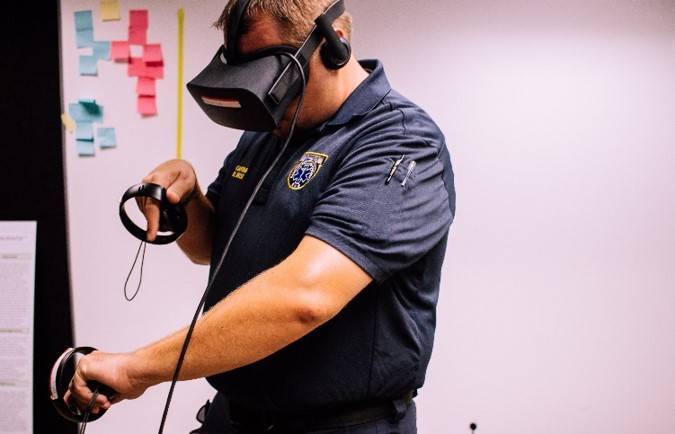Learning With AR/VR
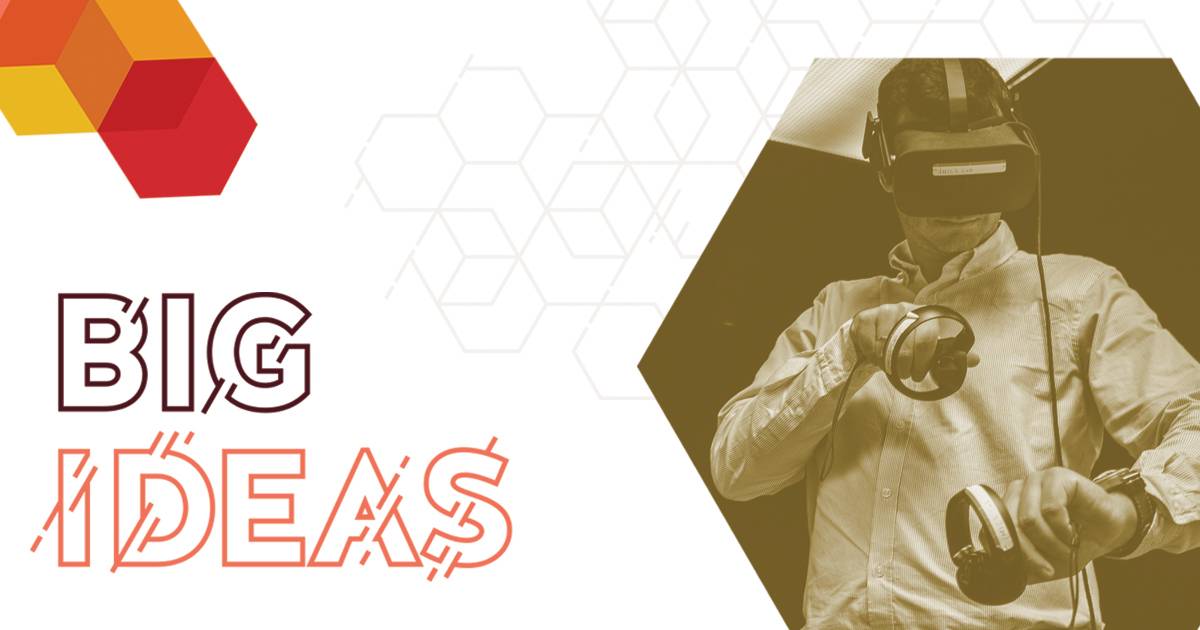
Changing the Way We Learn With Deliberate Practice
Learning in a Virtual World
Augmented reality and virtual reality (AR/VR) technology can lower costs and improve results by leveraging interactive 3D experiences. Because almost any situation can be made virtual, new models can be applied across industries. Watch the video to learn more.
Research in Action
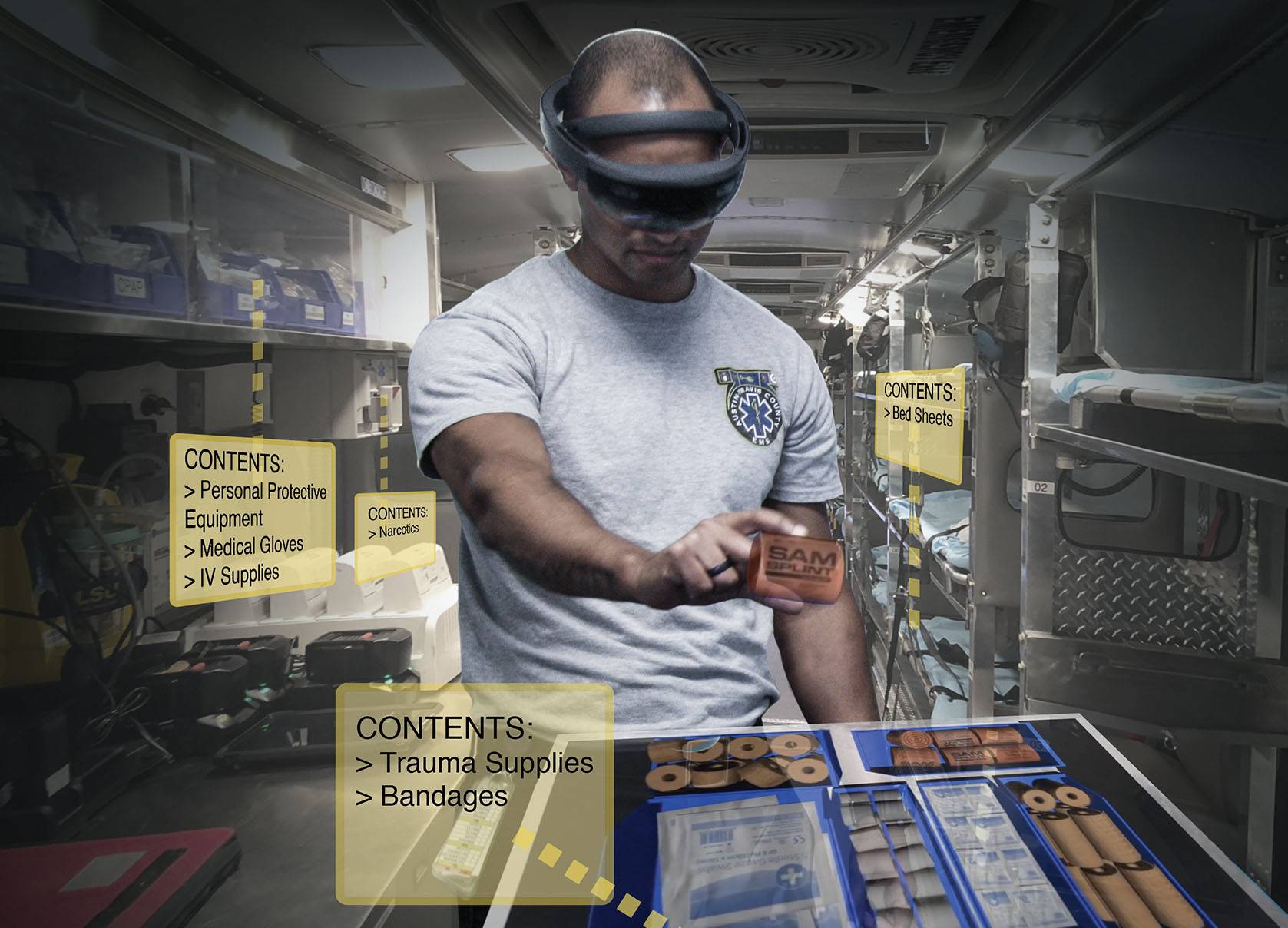
Learning With Augmented Reality/Virtual Reality
Since 2013, the advanced Law Enforcement Rapid Response Training (ALERRT) Center has been the FBI's national standard for active-attack response training. Now a Big Ideas group is testing whether virtual reality (VR) is as effective in learning in other real-life scenarios. The results may shape the future of our world for law enforcement but also in fields such as health care, engineering, aerospace, education, and sports medicine - and the futures of Texas State students who will be leaders in implementing these new technologies in the workforce.
Radiation Therapy goes virtual
The College of Health Professions successfully completed a virtual system integration by calling on a team effort from students, staff, and faculty members.
As Texas State University students have been pulled away from the traditional hospital and clinic settings due to the COVID-19 pandemic, virtual workbooks have served as a key tool to help bridge the gap between educators and their students.
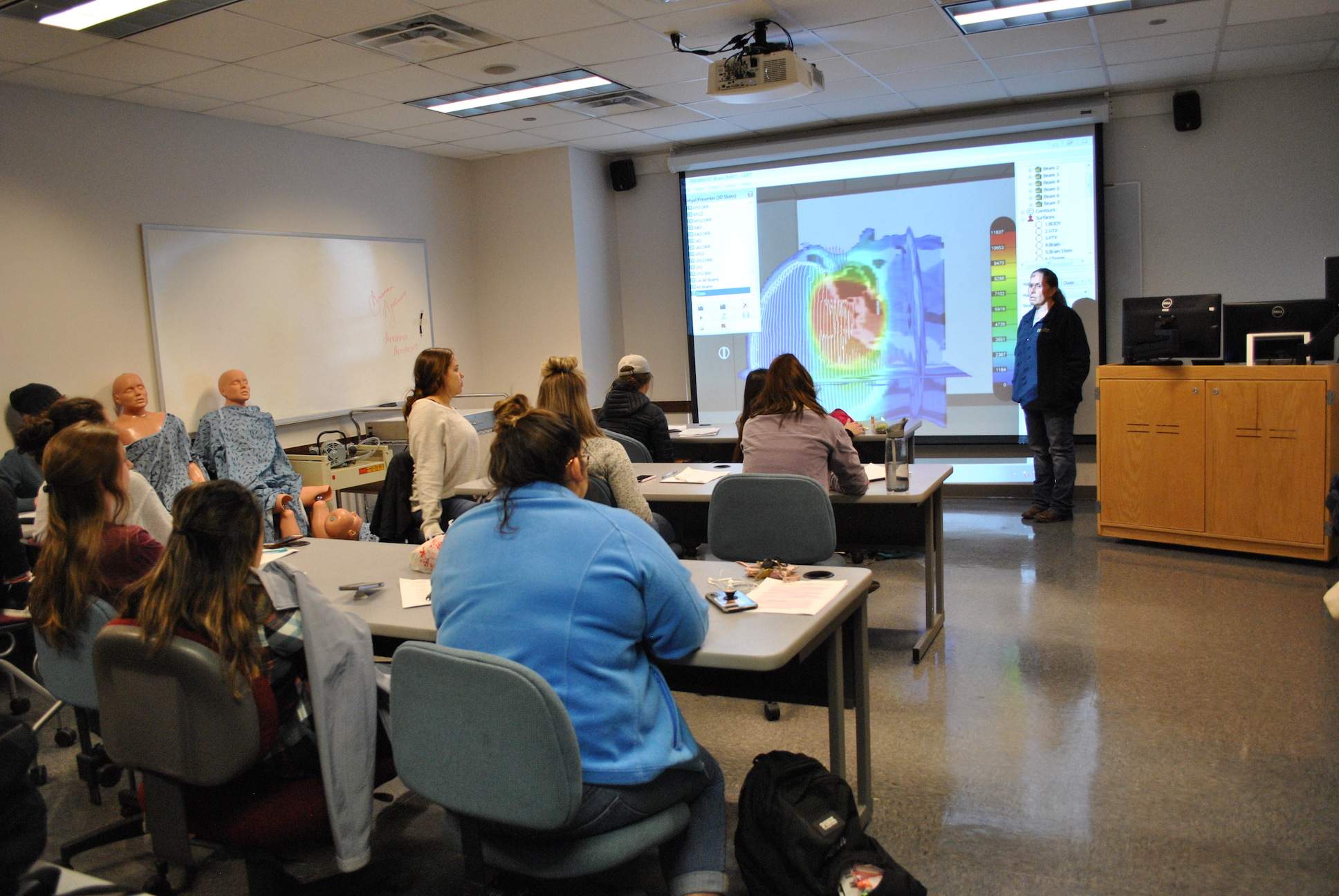
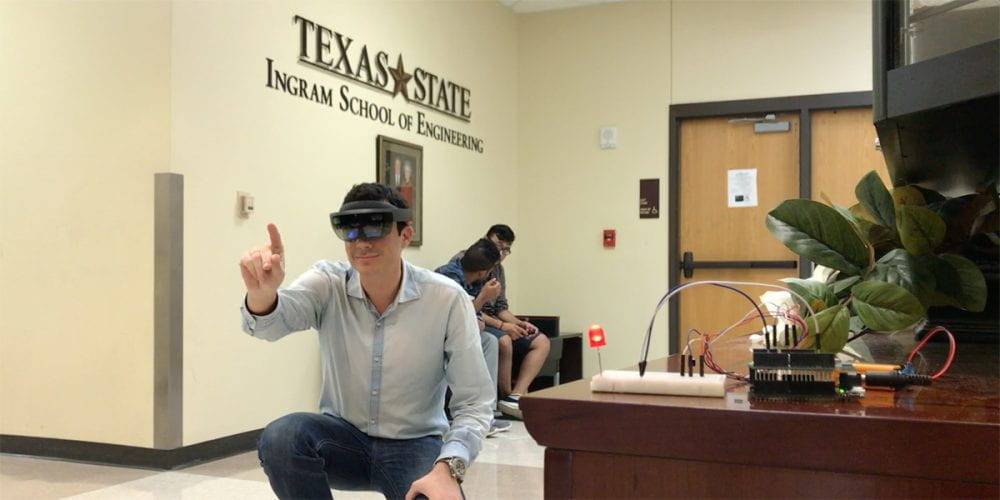
X-Reality Research at TXST
Team members come from Electrical and Computer Engineering, Computer Science, Social Work and Communication Design departments. The research is experimenting with how the virtual and physical worlds can be connected. They are finding ways to integrate augmented reality (AR) and virtual reality (VR) with the Internet of Things (IoT) to create a four-dimensional user experience.
First Responders Learn with VR
An interdisciplinary team of Texas State University faculty and students is helping to train first responders using augmented reality (AR) and virtual reality (VR) through Just-in-Time VR Training.
Working with the Austin-Travis County EMS (ATCEMS), the Texas State group developed a VR training system that helps medics learn about the AmBus, a 20-bed ambulance. The system allows EMTs to train at any time in their station house.
.
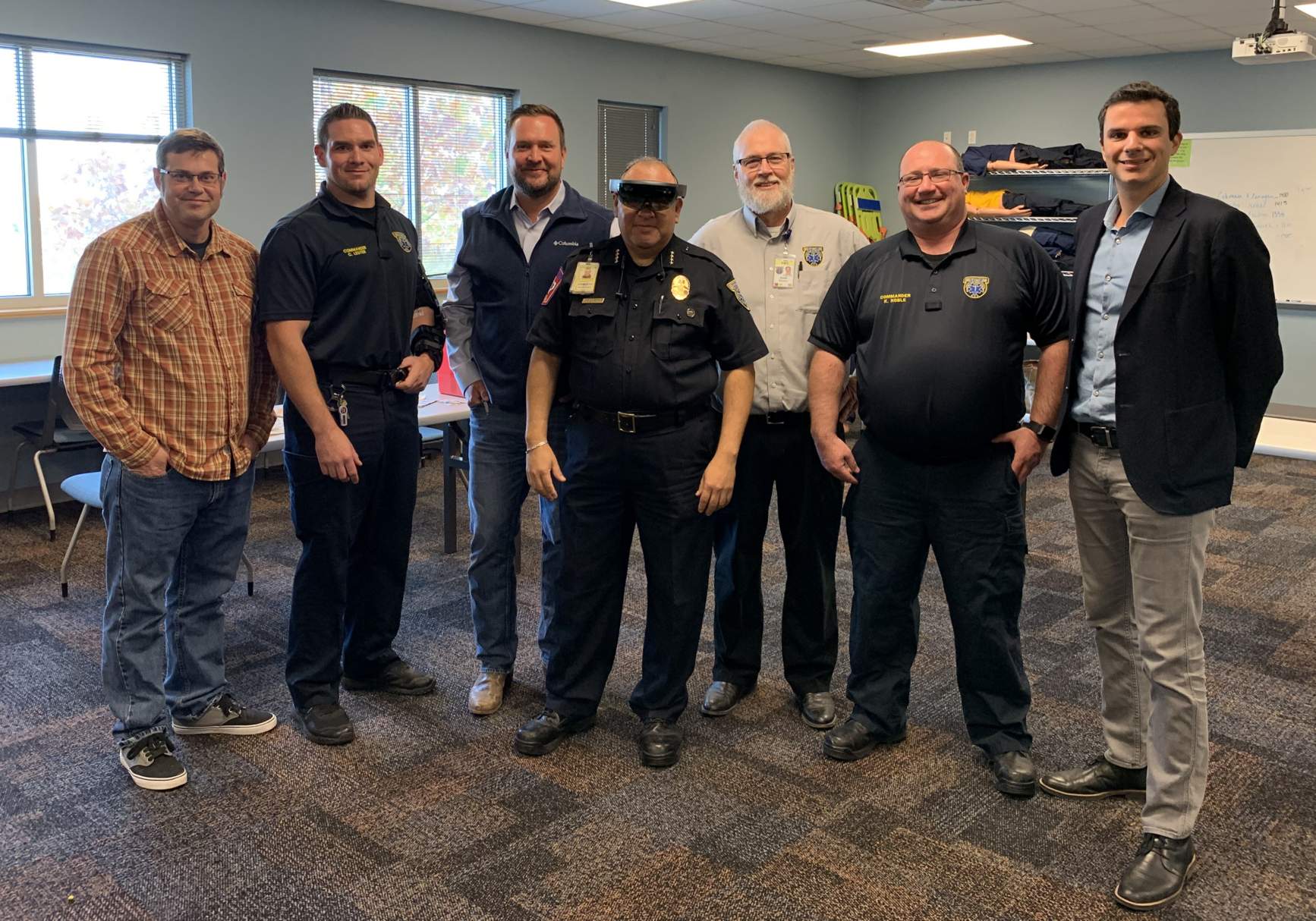
Podcast Join the Conversation

Funding Opportunities
Students
- Support undergraduate scholarships to help Texas State recruit and retain high-achieving students who can engage in research with faculty
- Endow graduate fellowships to fund student research with faculty
Faculty
- Provide seed funding to support interdisciplinary teams to pursue new learning opportunities
- Invest in faculty fellowship to fund industry specific research grants
- Fund an endowed chair to support departmental leadership in the future of teaching and research
Programs
- Endow the Augmented Reality/Virtual Reality Program Fund to provide flexible resources to implement and sustain this initiative
- Naming opportunities are available
